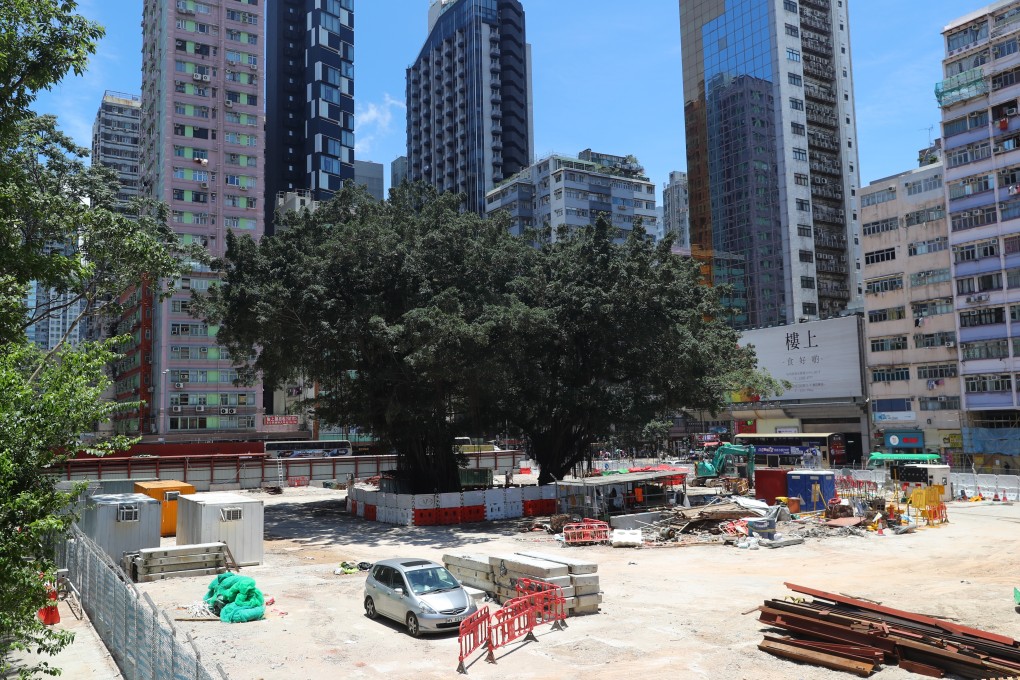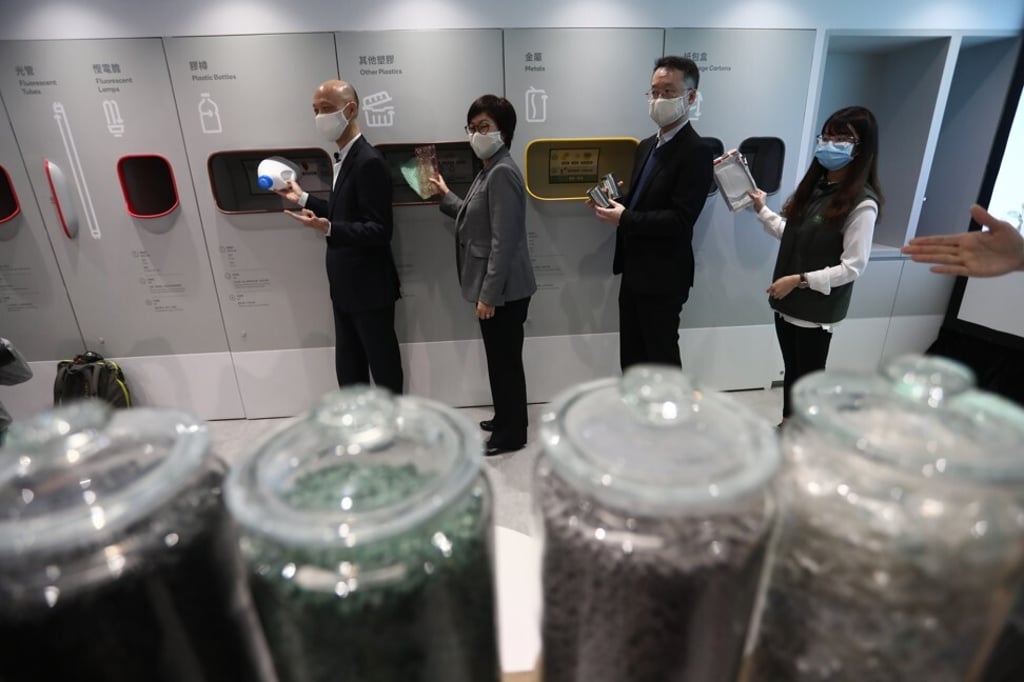Opinion | Hong Kong’s ‘aggressive’ new waste reduction plan is anything but, with its vague timeline and lower targets
- Not only does the blueprint lack a timeline that can be tracked, but also buried under its apparently laudable goal of a 40-45 per cent reduction in waste is the fact that the new targets are actually less ambitious than the previous ones

The old scheme covers a period of 10 years, from 2013 to 2022, whereas the new waste blueprint will cover 15 years, from 2021 to 2035. The longer period means that the government will face less pressure in rolling out policies and plans to reach the new targets.
The new blueprint has laid down two key targets. The first is to reduce the per capita municipal solid waste daily disposal rate by 40 to 45 per cent, and the second is to raise the waste recovery rate to around 55 per cent in the medium term.

The old blueprint articulated a set of timelines for specific targets, whereas the new one has replaced specific timelines with “medium term” for the two main targets. What does “medium term” mean? No one probably knows – presumably not even the environment minister himself, or he would have put it down in the blueprint to avoid confusion. A vague time frame is favourable to the Environment Bureau as it is conveniently and endlessly elastic.

